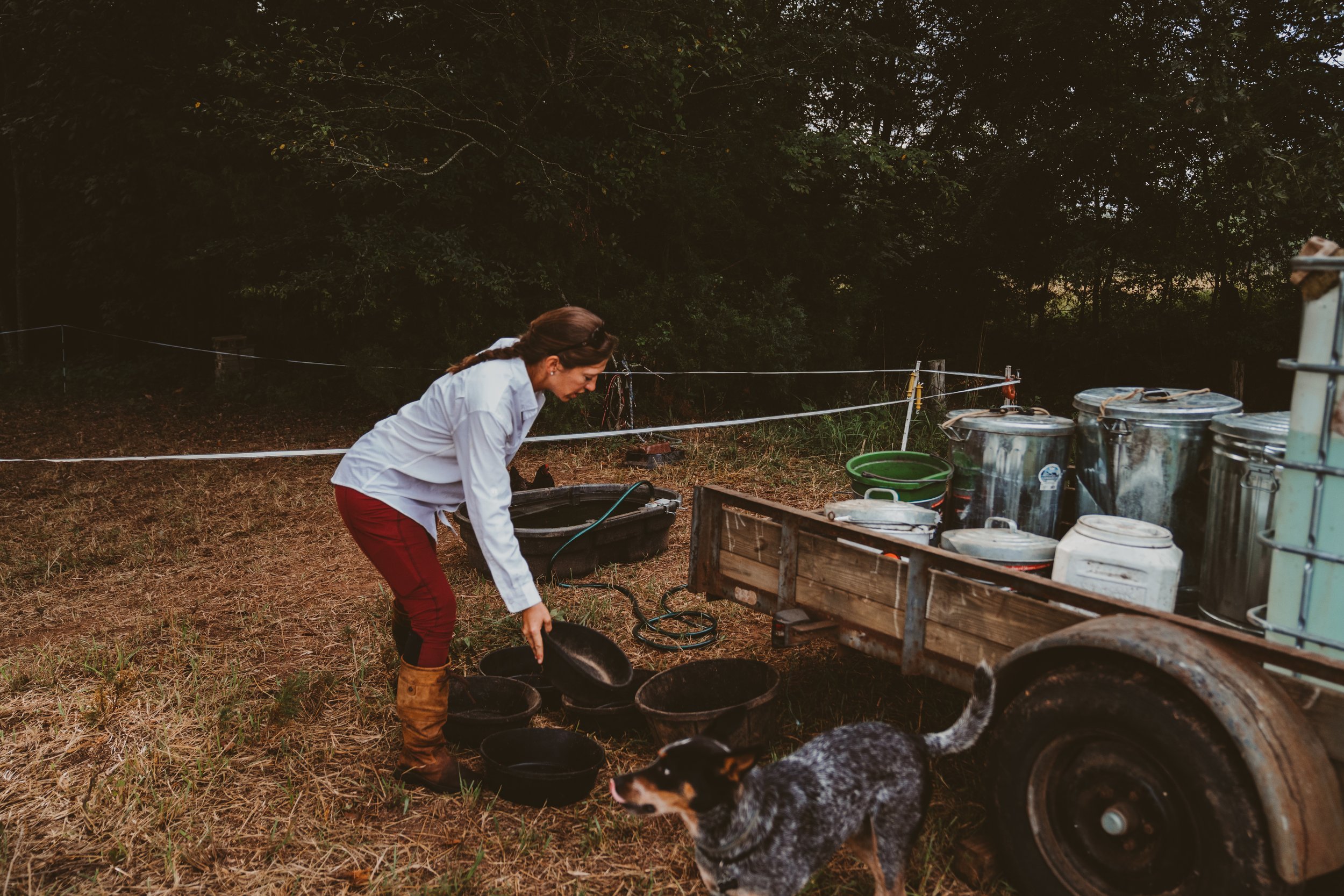With the increase in cancers, chronic diseases, and inflammatory issues in the United States, many generalize “red meat” as unhealthy. As sustainable farmers, we are tired of “grass-fed” beef, and “feed-lot” beef discussed as being in the same category, so we want to clarify this for consumers. Grass-fed beef is healthy for you and should be an essential part of your diet.
As sustainable and regenerative farmers, we focus on growing food that is both good for the planet and the consumer. Check out our video on how Eremos Farm is making food better for you, the earth, and the animals.
Beef is tagged unhealthy- but that's feedlot beef. Grass-fed beef has many healthy characteristics that give people the healthy protein they need, plus so much more.
In addition, consumers can verify that their beef is ethically raised on our farm. Just check out this video of our recent pasture rotation, where cows joyfully move from one paddock to another. Our animals are given the best every day of their lives. They are given high-quality minerals, and tall, mature grass is offered daily. They can enjoy a salad bar of greens at their disposal. Their stress level is minimized by gentle handling and dependable schedules in a peaceful environment.
As a consumer, I need more data to back up the facts. Here are some notes from the article by Dr. Allen Williams and his staff @UnderstandingAg on the healthy benefits of grass-fed beef. The study information came from research by Dr. Stephan Van Vlient, Department of Nutrition, Dietetics, and Food Sciences, Utah State University, and the Bionutrient Food Association.
Here are SOME of the study findings:
Grass-fed beef is up to 7 times higher in Omega three fatty acids. Omega three fatty acids are anti-inflammatory that help decrease inflammation in your body. Most feedlot beef is higher in Omega 6 fatty acids which are inflammatory to our body, much like vegetable and hydrogenated oils.
Grass-fed animals had lower levels of homocysteine, triglycerides, and advanced glycation end products- All of which are associated with improved cardiovascular health for the animal and humans.
If the animals take in phytonutrients by a variety in their diet, those benefits will be a part of their meat and passed onto the consumer.
Grass-finishing animals concentrate significantly higher amounts of phytochemicals, including polyphenols, tocopherols, and carotenoids (Beef Nutrient Density Project Report, Dec 2021).
Phytochemicals are naturally occurring bioactive compounds derived from plants with antioxidant and anti-inflammatory effects in animals and humans. Phytochemicals have a role in the prevention and management of many chronic diseases.
Ruminants have access to nutrients that we do not have access to by plants that they eat. We cannot eat those nutrients because we cannot digest them. We can benefit by eating an animal that has been given access to a variety of nutrients in healthy grasses and forage.
Grain Finishing Negative effects
Grain finishing negatively affects glucose metabolism, and grass finishing improves mitochondrial/energy metabolism.
The muscle of grain-fed animals exhibits early signs of metabolic health issues.
The ratio of inflammatory Omega 6 Fatty acids verses Omega 3 fatty acids ranges between 35:1 to 55:1 in grain-finished beef when grass-finished beef ratios are 3:1.
Conventional grain finished beef has higher calories, lower protein, higher saturated fats, and lower essential vitamins and minerals than grass-finished beef.
If you want to check out the full Understanding Ag article on the Nutritional comparisons between Grass-fed beef versus traditional grain-fed beef, you can read it here! See the interview with Dr. Stephan Van Vliet about the nutritional aspects of healthy beef.
The bottom line is that grass-fed beef is shown to be healthy. We can sell you healthy, 100% grass-fed beef. You will be able to sleep at night knowing that you are not only doing your part to eat clean meat but also helping restore the environment.
Start the process here if you want to get on the waitlist for a half or whole cow. Get on track to eating your healthiest yet!







